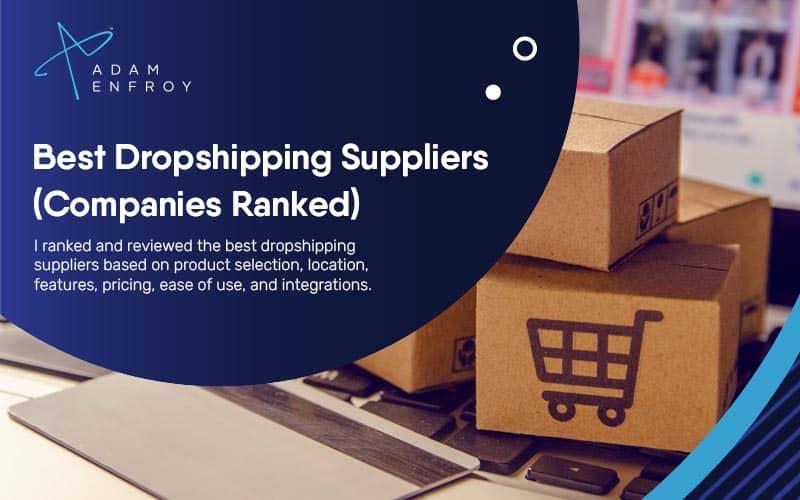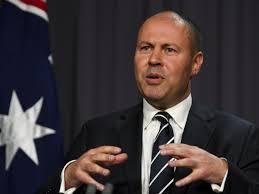Cash-out refinancing can provide a significant amount of money at attractive interest rates. When you’re short on liquid cash—but you have equity in your home—refinancing provides a pool of money for home improvements, education needs, and other goals. But the strategy is risky, and it’s worth evaluating alternatives to see if there’s a better option.
Key Takeaways
- Cash-out refinancing can be a good decision if the money is used for home improvement projects, education, or something else that will improve your overall financial situation.
- The problems with cash-out refinancing include the closing costs and risks of foreclosure.
- Borrowers should consider less-drastic options, such as personal loans and home equity lines of credit, before they commit to cash-out refinancing.
How Cash-Out Refinancing Works
A cash-out refinance will happen when you replace an existing home loan by refinancing with a new, larger loan. By borrowing more than you currently owe, the lender provides cash that you can use for anything you want. In most cases, the “cash” comes in the form of a check or wire transfer to your bank account.
How to Use the Money
You can use the proceeds of your loan any way you like. But the risk and costs cannot be ignored. It’s critical to use cash-out refinancing for things that will improve your finances and your ability to repay the loan. Some common uses for refinancing include:
Home Improvements
It’s logical to use home equity for house projects. Strategic improvements that increase your home’s market value will add to your equity, making it easier to recoup your investment when you sell your home. It’s best to use funds for “safe” projects that future buyers—not just you and your family—will value.
Education Expenses
Some educational programs can help you find steady work and earn more income. If you’re confident that a new degree or course of study will benefit you, taking cash out of your home can make sense.
Business Ventures
It’s tempting to use home equity to start a business, and it’s been done with success, but it’s also risky. With the high percentage of businesses that fail, you need to evaluate how you’ll repay the loan and how your family may be impacted if your venture doesn’t bring revenue.
That said, home loans can be less expensive than credit cards when financing a business, because they generally have lower interest rates—as long as you can initially repay the loan from sources other than the business you're financing. Additionally, lenders might require you to use your home for a personal guarantee to get a business loan.
Debt Consolidation
Paying off high-interest-rate credit cards makes sense intuitively, but when you do that, you add a risk that previously didn’t exist. Credit cards are unsecured loans, and lenders have no right to take your home if you fail to repay (all they can do is damage your credit and try to collect cash). Once you put that debt on a mortgage loan, your house is fair game if you fail to pay it off.
Although the uses above are popular, they aren’t always the best choice. Other types of loans may be a better fit, and we’ll explore those below. Review these pros and cons to put the alternatives into context first.
Pros and Cons of Cash-Out Refinancing
It’s easy to understand why cashing out is appealing. When you can improve your existing loan with a lower interest rate than you already have—plus accomplish a goal—it’s tempting to go for it.
Advantages of tapping home equity include:
- Large loans: The equity in your home can amount to tens (or hundreds) of thousands of dollars, so it’s an easy route to a significant amount of money.
- Relatively low rates: Because your home secures the loan, you enjoy relatively low interest rates (compared to credit cards and personal loans).
- Potential tax benefits: The tax benefits aren’t as generous as they used to be. But if you use the funds for “substantial improvements” to your home, you may get a tax break that effectively reduces your loan cost. Ask your accountant for details.
- Long repayment period: By replacing your existing mortgage with a brand-new 30-year or 15-year loan, you can stretch out your payments. But that comes at a cost.
Disadvantages of cashing out include:
- Interest costs: You’ll restart the clock on all of your housing debt, so you’ll increase your lifetime interest costs (borrowing more also does that). To see how this affects you, check the amortization tables on your existing loan and the new loan. The way around this is to use a second mortgage instead.
- Risk of foreclosure: If you’re unable to repay your loan, you could lose your home. Unsecured loans are far less risky.
- Closing costs: Mortgage loans require high up-front closing costs. You always pay those costs whether you roll them into your loan balance, write a check, or take a higher rate. To close your loan, you’ll spend between several hundred and several thousand dollars, and you need to add that amount to the costs of wherever you’re spending the money.1
Alternative Ways to Get Money
Refinancing your loan is a big step. If you prefer to take less drastic measures, you’ve got several options.
Personal loans: You can avoid adding to your home-related debt by using unsecured loans like signature loans from banks, credit unions, and online lenders. If you have good credit, you might even be able to fund small projects with credit card promotional offers—just pay off the debt before those toxic double-digit rates kick in.
Your monthly payment for a personal loan will depend on the amount, term, and interest rate of the loan (which is highly dependent on your credit score). Use the inputs below to get a sense of what your monthly payment could end up being.
Second mortgages: Instead of replacing your existing home loan, you can add a home equity loan or line of credit (HELOC) to borrow against your home. That approach lets you leave your existing loan untouched—so your interest rate, amortization schedule, and monthly payment remain the same. A second mortgage may come with a variable interest rate, but once you pay it off, you’ll be back where you are today as if you never borrowed.
Specialized loans: Depending on why you want to borrow, a particular type of loan may be a better option than taking cash out of your home. For example:
- Student loans are designed for education needs, and federal loans have borrower-friendly features.
- Small business loans may be available with backing from the U.S. Small Business Administration (SBA), resulting in relatively low-interest rates.
Reverse mortgages: Homeowners over age 62 can take retirement income or lump-sum payments by using a reverse mortgage. You don’t need to make monthly payments, but you’ll need to sell the house or pay off the loan when the last borrower moves out of the home.2
Getting Approved
Equity: Using a cash-out refinance loan will reduce your equity, so you need sufficient equity in your home to qualify. In other words, your home needs to be worth more than you owe on your mortgage. Most lenders are hesitant to lend more than 80% of your home’s market value, but government-backed programs like VA and FHA allow you to borrow more. Just remember that the more you borrow, the more your risk and borrowing costs increase.
Income: Lenders need to verify that you have enough income to afford the new monthly payments on your loan. Those payments might increase as you borrow more, so check your debt-to-income ratios to see if you’ll be in the right range.
Credit: As with any home loan, your credit scores are important. With low scores and recent negatives in your credit history, you’ll end up paying higher interest rates, which can dramatically change the costs.
When you take cash out at refinancing, instead of simply refinancing with the same balance, lenders take more risk. As a result, it’s slightly harder to qualify, and costs tend to be higher for these loans.
Frequently Asked Questions (FAQs)
How much money can you get with a cash-out refinance?
The proceeds you get from a cash-out refinance will depend on the value of your home and how much you owe on it. Typically, you can take up to 80% of your equity out of your home.
How much are closing costs for a cash-out refinance?
Closing costs will vary, depending on the amount of your loan, but you can count on paying closing costs similar to those incurred when purchasing a home, typically 2% to 6% of the loan amount.
Can I refinance my home without taking cash out in order to lower payments or interest?
There are several reasons why you might want to refinance your home without taking the cash out. If you know you can get a better interest rate on your current mortgage, if you have an adjustable rate mortgage, if you want to get rid of your PMI, or if you want to lower your payments, you may want to refinance without the cash-out option.





